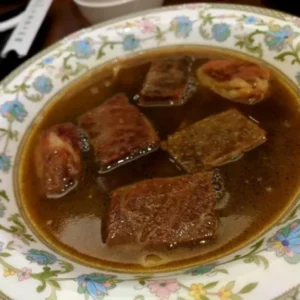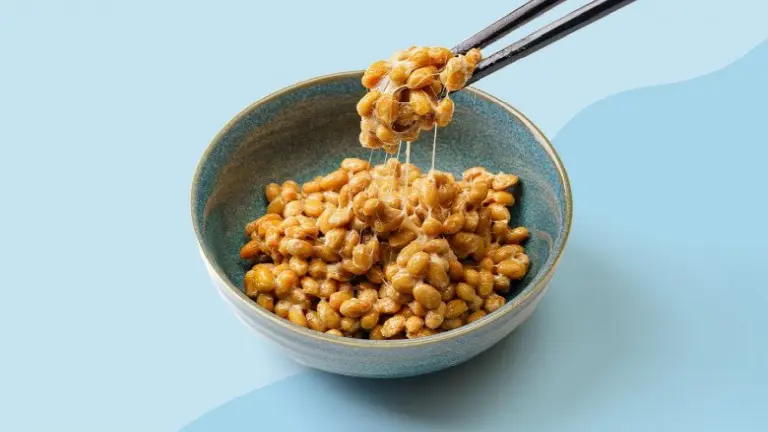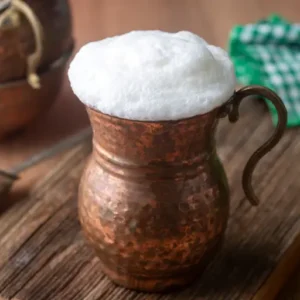In the buzzing night markets of Manila, where sizzling skewers perfume the air and jeepneys roar through neon-lit streets, one food dares you to step outside your comfort zone. A street vendor peels open a warm egg, sprinkles it with salt, and hands it to a curious traveler.
Inside?
A developing duck embryo — feathers, beak, bones, and all.
Welcome to the world of Balut — a street food delicacy that’s equal parts legend, fear, and flavor.
Whether you’re a brave foodie or a cultural explorer, Balut is a rite of passage in the Philippines. Let’s unravel the story behind this fascinating dish, and why thousands of travelers every year summon the courage to take their first bite.
What Is Balut?
Balut (pronounced bah-loot) is a fertilized duck egg incubated for 14 to 21 days, then boiled and eaten directly from the shell. Depending on the incubation stage, the embryo inside may be more developed — with visible feathers, beak, and bones — or less so, with a softer texture.

Often sold warm at night markets or by street vendors, Balut is typically served with:
- A pinch of salt or vinegar
- Optional chili, garlic, or kalamansi (Filipino lime)
- A cold beer to wash down the bold flavors
For Filipinos, it’s not just food — it’s nostalgia, masculinity, and culture wrapped in a shell.
>> A strange cup of coffee and cheese that redefine Colombia
The Origins: Where Did Balut Come From?
While Balut is widely associated with the Philippines, its origins trace back to China, where fertilized eggs were consumed centuries ago. However, Filipinos made it their own, evolving the tradition into a street food staple, often eaten:
- As a late-night snack
- With beer during local gatherings
- As a “strength food” believed to boost stamina and libido
Today, Balut is embedded in Filipino identity — proudly sold in every corner of the archipelago, from Luzon to Mindanao.
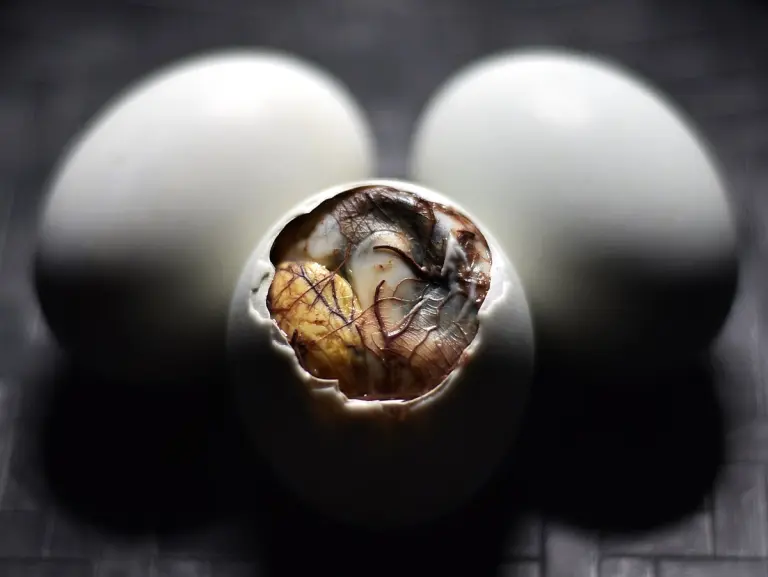
How to Eat Balut: A Step-by-Step Guide for the Brave
Want to try Balut like a local? Here’s how:
- Tap the top of the egg gently to crack it.
- Peel open a small hole and sip the savory broth inside — a warm, flavorful liquid known as sabaw.
- Peel more of the shell to reveal the yolk and the embryo.
- Season with salt, vinegar, or spices.
- Eat everything, or skip parts if you’re not ready (some skip the embryo on their first try).
- Celebrate! You’ve joined the Balut club.
Tip: Start with a 16-day-old Balut for a softer texture and milder taste. A 21-day-old Balut is for the truly adventurous — bones and all.

>> Casu Marzu: The forbidden Cheese that wiggles with life
Why Do People Eat Balut?
To outsiders, Balut might seem shocking. But to Filipinos, it’s:
- A cultural icon
- A source of pride
- A symbol of resilience and resourcefulness
Eating Balut is about more than taste — it’s about facing fear, embracing local tradition, and respecting what sustains a culture.
“You don’t just eat Balut,” says a local vendor. “You understand something about the Filipino spirit.”
Where to Try Balut in the Philippines
If you’re ready to take the Balut plunge, here are top places to try:
- Manila Night Markets – Head to Quiapo, Divisoria, or Poblacion for the most authentic experience.
- Boracay & Cebu Streets – Beach vibes meet street food adventures.
- Palawan – Taste Balut after a day exploring the Underground River.
- With Locals – Nothing beats eating Balut in a Filipino home, surrounded by laughter and storytelling.
You’ll often hear: “Balut ka? Gusto mo?” (Do you want Balut?) — and you’ll smile, hesitate, then nod. That’s how it begins.
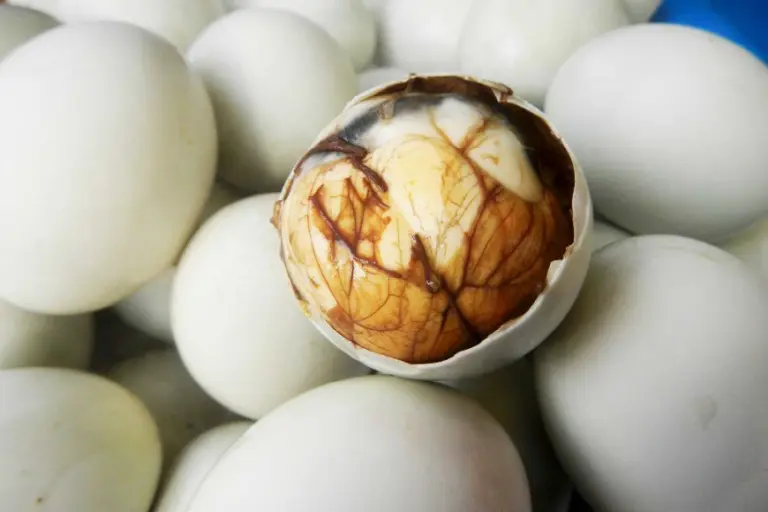
>> The world’s smelliest fish: A dish that dares you to taste it
The Balut Challenge: Social Media Fame Awaits
Thousands of travelers post their first Balut reaction videos on YouTube and TikTok. From shocked expressions to triumphant thumbs-ups, it’s become a global dare.
Search #BalutChallenge or #EatLikeAFilipino, and you’ll find:
- Travel vloggers gagging and grinning
- Foodies describing its “umami richness”
- Locals laughing and cheering them on
Trying Balut has become more than a meal — it’s a moment, a badge of honor, and a story worth sharing.
Why You Should Travel to the Philippines for Balut
Sure, you can watch videos or read reviews. But nothing compares to being there — the humid night air, the laughter of locals, the rhythm of the streets, the taste of daring.
Traveling to the Philippines is about:
- Immersing yourself in local flavor
- Saying yes to adventure
- Respecting traditions, even if they challenge your comfort zone
>> Ayran: The Ancient Elixir of Turkey That Time Couldn’t Forget
Balut is just one bite in a country full of surprises — but what a bite it is.

More Than Just Food: What Balut Teaches Us
Balut isn’t for everyone — and that’s okay. But whether you eat it or not, Balut invites us to examine our cultural boundaries. What’s strange to one culture is comfort food in another.
In a world that often divides us by what we eat, Balut connects us through curiosity, humility, and shared experience.
So next time you see a humble street vendor cracking open a warm egg under the Manila moonlight — lean in. Listen. Ask. And maybe, just maybe…
Take a bite.
When balut (fertilized duck egg) arrives in Vietnam, this dish truly reaches a new level of culinary mastery. Check out article: Delicious dishes made from balut by the friendly people of Vietnam to understand why—and don’t miss the chance to try it when you visit!


